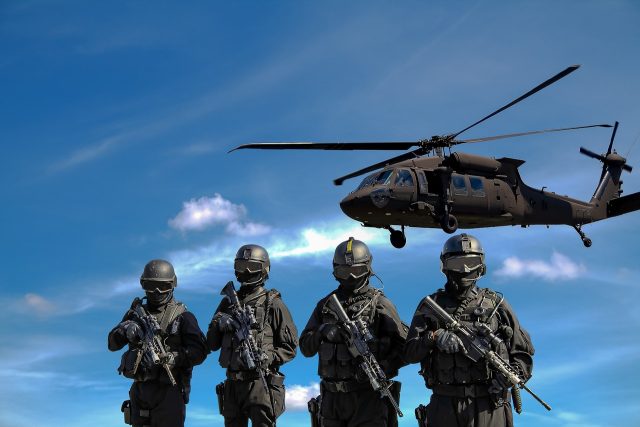
During a rare Saturday session, the United States House of Representatives approved, with 311 votes in favor and 112 against, a $61 billion foreign aid package destined for Ukraine. This package, including aid for Taiwan and Israel, bringing the total to $95 billion, will need to be reviewed by the US Senate next week. President Joe Biden has already announced he will sign the bill immediately, and Democrats waved Ukrainian flags in celebration at the end of the vote.
Of the $61 billion, around $23 billion would be used to replenish US weapons, supplies, and infrastructure, while over $11 billion would fund current US military operations in the region. Nearly $14 billion will assist Ukraine in purchasing advanced weapons systems and other defense equipment.
The $61 billion approved by the United States Congress for assistance to Ukraine represents vital support for Kiev. The immediate needs are clear: ammunition for artillery in limited quantities, Patriot anti-missile batteries, and armaments with greater range to effectively counter Russian forces. Additionally, the delivery of a dozen F-16 fighter jets in July, to be piloted by specially trained Ukrainian personnel, is planned.
While fighter bombers may not be able to radically alter the outcome of the conflict, they hold both tactical and symbolic value, making them a primary target for Russian forces. The new Russian leader, Vladimir Putin, has even threatened to attack NATO bases outside Ukrainian territory, from where the F-16s will be deployed.
However, the truly dangerous turning point that could drastically change the course of the conflict would be direct intervention by free nations. Hungarian Prime Minister Viktor Orban recently sounded the alarm on Facebook about the imminent possibility of Western troops being sent to Ukraine. The United States is considering sending additional military advisers to the embassy in Kiev, but frontline troop deployments are not expected.
In the event that strategic cities like Kharkiv or the port of Odessa are threatened, or if Russian forces breach the front irreversibly, European countries may be compelled to send troops to the battlefield. Countries like the United Kingdom, Poland, and the Baltic states have already planned interventions as part of a “coalition of the willing,” avoiding action under NATO’s auspices. However, this move could increase the risk of a third world war.
US funds will be critical in replenishing Ukraine’s artillery ammunition, especially 155-millimeter projectiles, which are running low. Currently, the ratio of projectiles fired by Ukrainians to those fired by Russians along the 900-kilometer front is 1 to 5. The Russian missile offensive, supported by kamikaze drones, is intense and would require a defensive system similar to Israel’s to counter it. One of the most realistic options, repeatedly urged by President Volodymyr Zelensky, is the arrival of additional Patriot missiles capable of countering the Russian attack from the sky. The president stated, “Patriots can be considered air defense systems only if they prove effective in saving human lives, instead of remaining inactive in storage bases.” Just last Friday, Russian forces launched 140 drones and carried out 390 attacks along the entire front.
Following the failure of last year’s ground counteroffensive, Kiev has intensified attacks deep into Russian territory, primarily using domestically made aerial and naval drones. A clear success of this strategy is the sinking of 25 out of 80 ships in the Black Sea fleet, with the latest hit yesterday at the Sebastopol naval base. The United States is cautious about providing armaments with sufficient range to hit Russia. However, the Himars missiles have already proven effective in hitting targets in Crimea and could continue to do so with adequate ammunition supply. Military intelligence has predicted the destruction of the strategic Kerch Bridge, linking Russia to Crimea, by summer.
Invasion forces are pressing along five attack axes with the obvious goal of conquering the entire Donbass region. Ukrainians are aware of the danger and have begun fortifying their positions to prevent a breakthrough that could allow Russian troops to advance. In 2014, it all began in Sloviansk and Kramatorsk, with pro-Russian groups taking up arms before being pushed back toward Donetsk. Ten years later, these same cities could become symbols of Ukrainian resistance.



 Subscribe
Subscribe